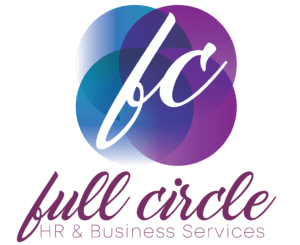
All employers have a legal duty under the Equal Opportunity Act 2010 (Vic) to act to prevent sexual harassment and victimisation in their workplace. This Positive Duty requires employers to take proactive steps to eliminate this behaviour; simply responding to complaints once they arise is not enough to comply with the law. Coupled with your responsibility under the Occupational Health and Safety Act 2004 (Vic) to provide and maintain a safe work environment, your organisation must be on the front foot when it comes to preventing sexual harassment.
The Victorian Equal Opportunity & Human Rights Commission defines Sexual Harassment as “unwelcome conduct of a sexual nature, which could reasonably be expected to make the other person feel offended, humiliated or intimidated. It can be physical, verbal or written (including electronic communication), and the harasser’s motivation or intention is irrelevant. A single incident can be enough to constitute sexual harassment – it doesn’t have to be repeated”.
Examples of Sexual Harassment include (but are not limited to):
- Someone asking intrusive questions about a co-worker’s sexuality
- An employer insisting on hugging the female volunteers when they finish their shift
- A worker repeatedly texting another worker to tell her she is beautiful, and they want to take her out
- Comments on social media that use sexually explicit language to insult a female staff member.
Sexual harassment can also take place in online spaces and through technologies and social media platforms where the conduct is in connection with the employment – for example during remote work.
What You Can Do
Full Circle HR & Business Services has reviewed the Positive Duty requirements for small to medium-sized Victorian Employers under these Acts relating to Sexual Harassment, and produced a report that recommends Members adopt the 6 minimum standards as outlined by the Victorian Equal Opportunity & Human Rights Commission. These 6 minimum standards are:
- Standard 1: Knowledge Employers understand their obligations under the Equal Opportunity Act and have up-to-date knowledge about workplace sexual harassment.
- Standard 2: Prevention Plan Sexual harassment is prevented through the development and implementation of an effective sexual harassment prevention plan.
- Standard 3: Organisational Capability Leaders drive a culture of respect by building organisational capability.
- Standard 4: Risk Management Employers have built a culture of safety and address risk regularly.
- Standard 5: Reporting and Response Sexual harassment is addressed consistently and confidentially to hold harassers to account, and responses put the victim survivor at the centre.
- Standard 6: Monitoring and Evaluation Outcomes and strategies are regularly reviewed, evaluated and improved.
We have identified practical ways your business can easily address these 6 recommendations through:
- Leadership
- Policy
- Training
- Day-to-day practices
and can work with you to effectively develop and deliver your plan to ensure compliance in 2024.
Your next step
You can request a copy of our Members Report: Sexual Harassment Positive Duty Requirements for Victorian Employers by speaking to one of our Consultants.
Not a Member?
Reach out to our team to discover how Full Circle HR & Business Services can assist your organisation. Contact Us
